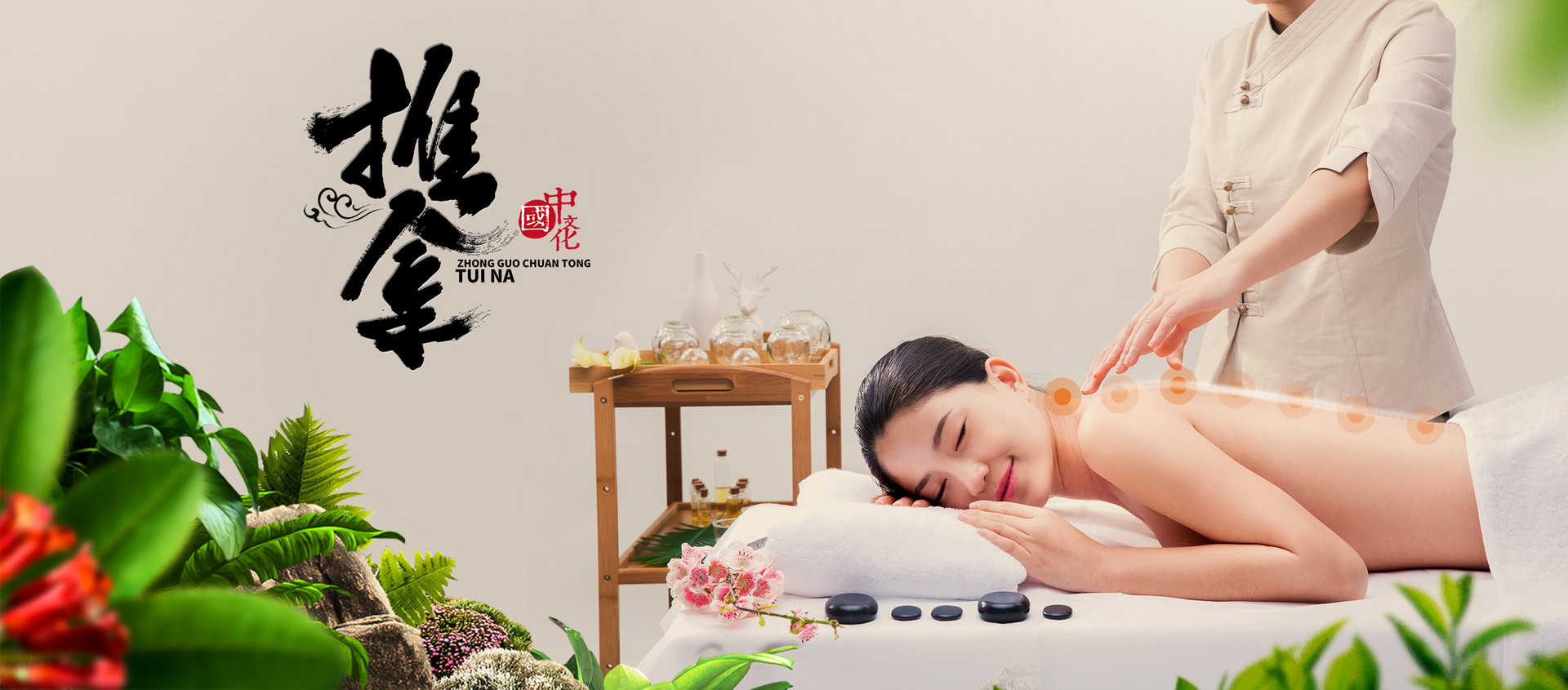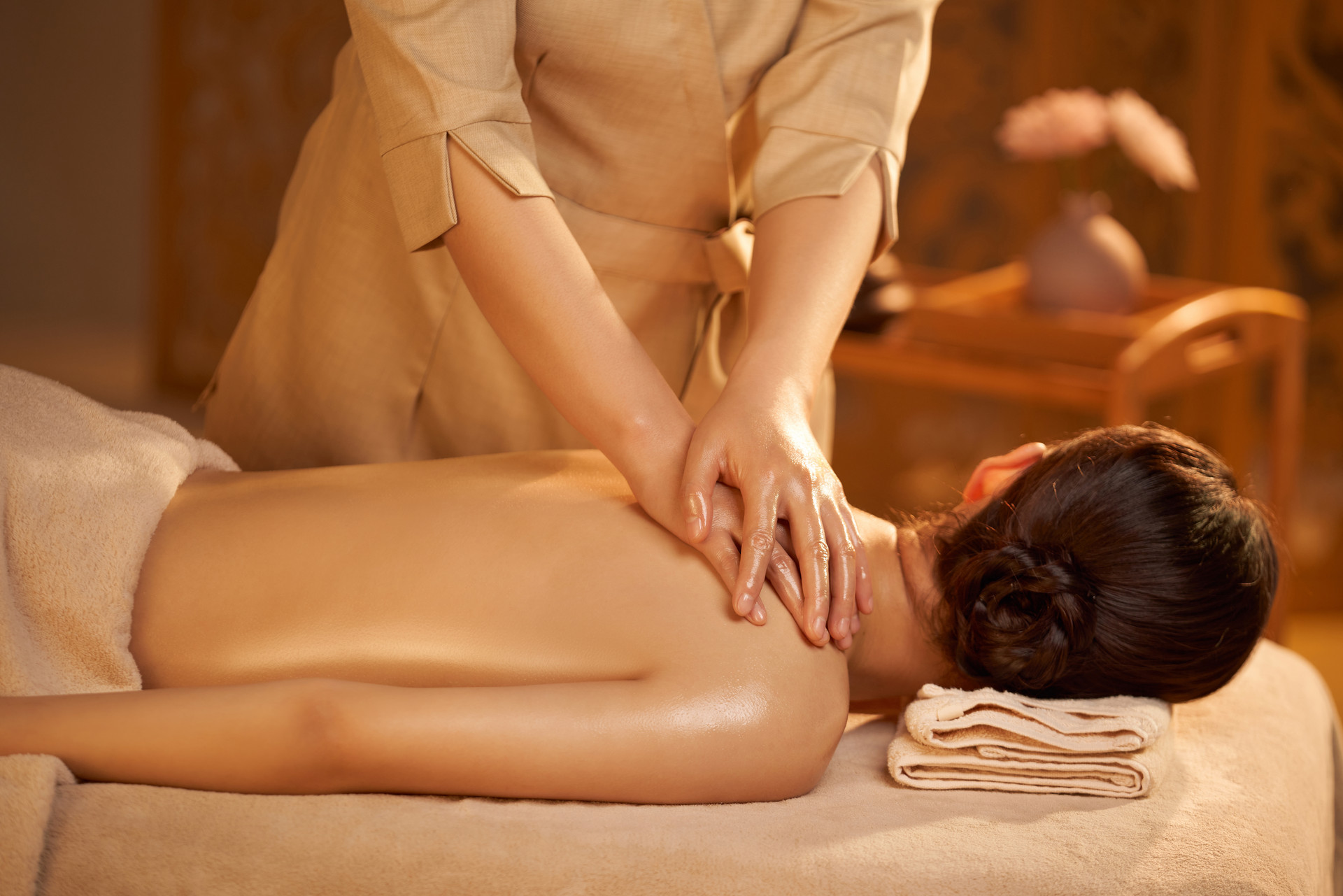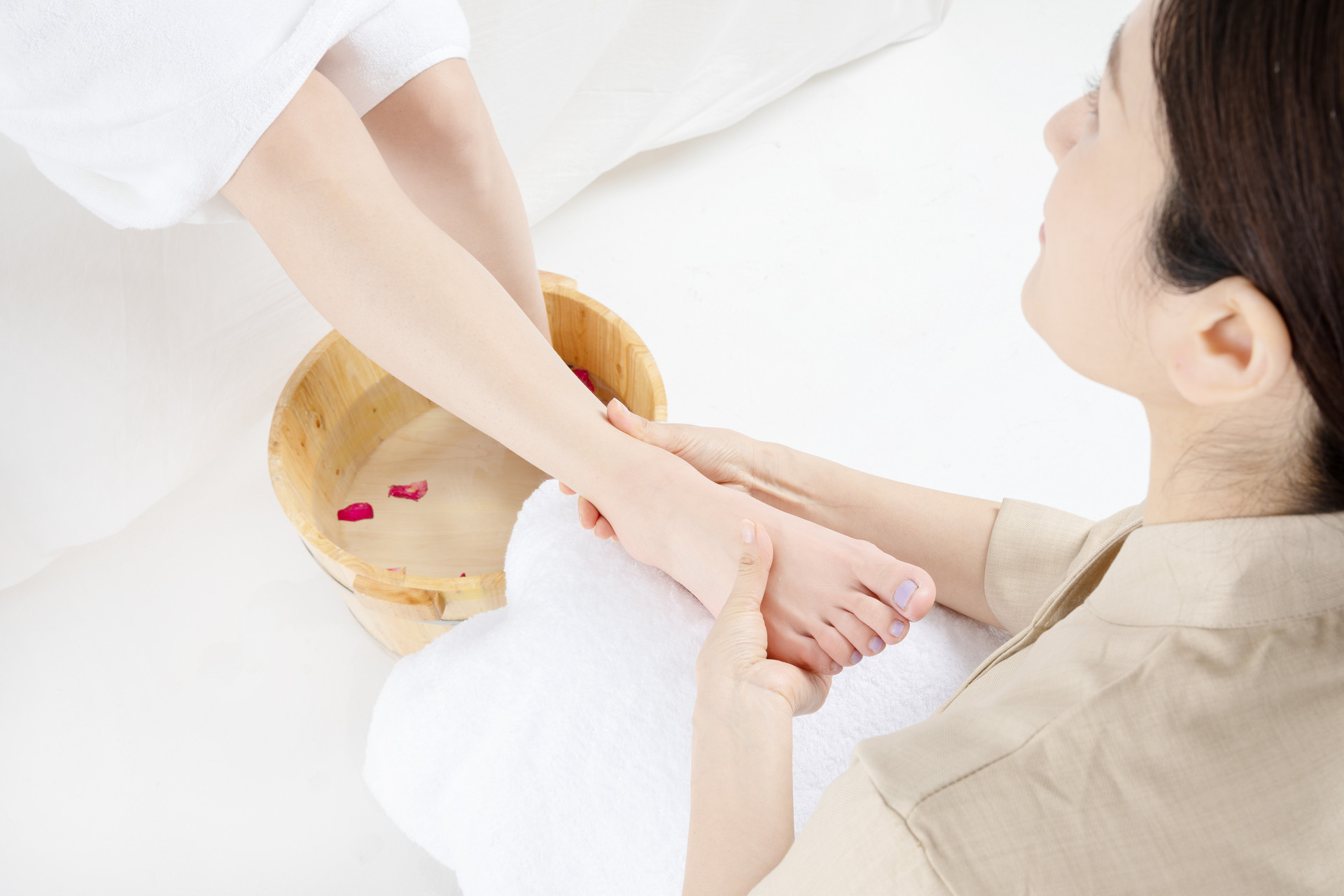Massage Techniques Training
1. Joints Separation Technique
First, use the thumb to press and slightly move the skin in the affected area, then apply deep pressure.
Repeat the above actions several times. The force used should be based on the patient's pain tolerance.
If the pressure is too light, it will not have a therapeutic effect. If it is too heavy, the patient will find it difficult to bear. The "dosage" during the first and second treatments should not be excessive, so that the patient can adapt.
When applying pressure to treat deep areas, gradually increase the force, and also gradually reduce the force at the end. This is to achieve a balance between firmness and gentleness.
The technique should be slow and deep, so that the finger force can reach the deep lesion and have a therapeutic effect.
Usually, the affected area can be palpated for tender nodules or cord-like structures, and treatment can be applied at these locations. Some patients may only have tenderness without obvious nodules or cord-like structures.
In this case, it is necessary to determine whether the tender spot is the site of the lesion, and often it is necessary to apply pressure to the corresponding site on the opposite side.
If the tenderness is of the same nature on both sides but differs in degree or nature, then the tender spot on the affected side is the site of the lesion and can be treated accordingly.
Of course, acupoints are also often located at the site of the lesion. Joints Separation Technique is the main technique in Du's Massage Method.
2. Acupoint Stimulation Technique
Generally, use the front part of the thumb to press the relevant acupoints in the affected area. Press for a moment and then relax, and then press again. When repeatedly pressing, you can also perform local kneading actions. In addition to the thumb, sometimes the middle finger or index finger can also be used for acupoint stimulation technique.











